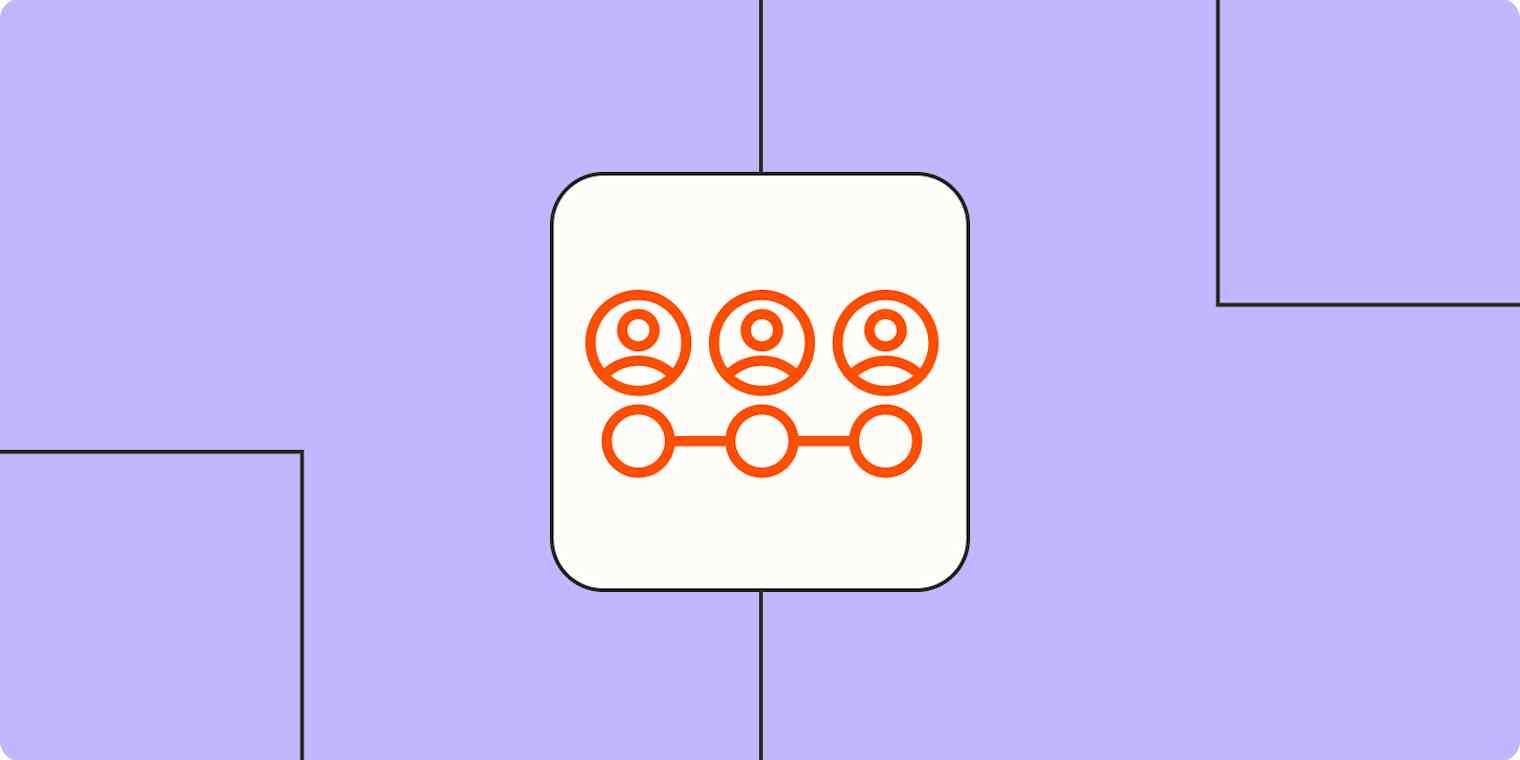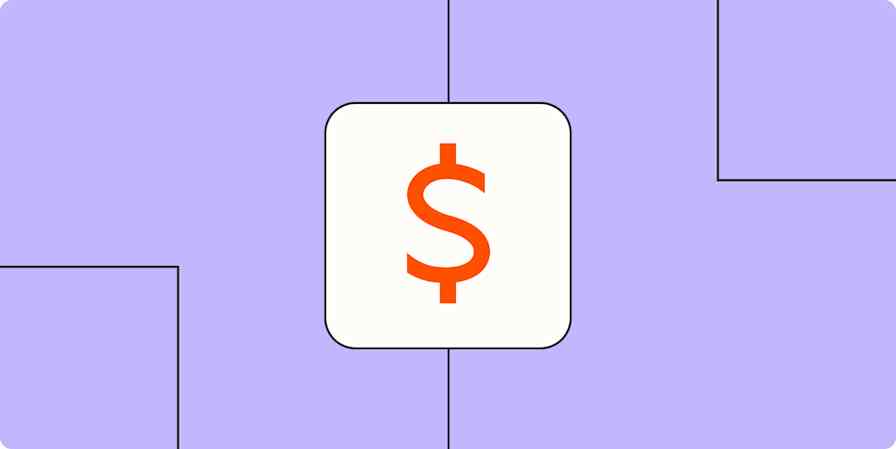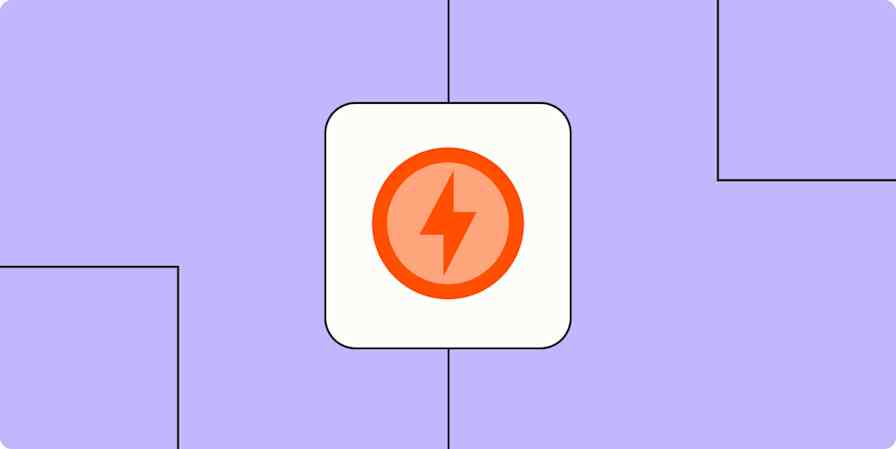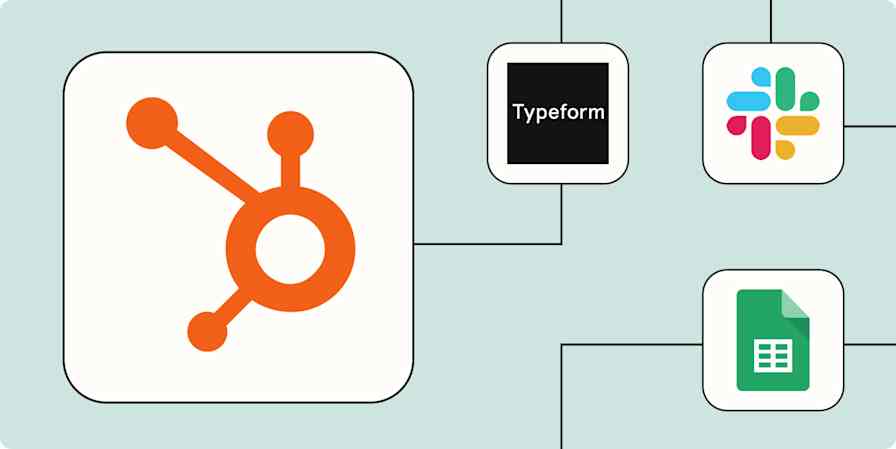Business tips
26 min readAn exhaustive guide to customer acquisition strategy (with 13 examples)
By Bryce Emley · September 20, 2023

Get productivity tips delivered straight to your inbox
We’ll email you 1-3 times per week—and never share your information.
Related articles
Improve your productivity automatically. Use Zapier to get your apps working together.









